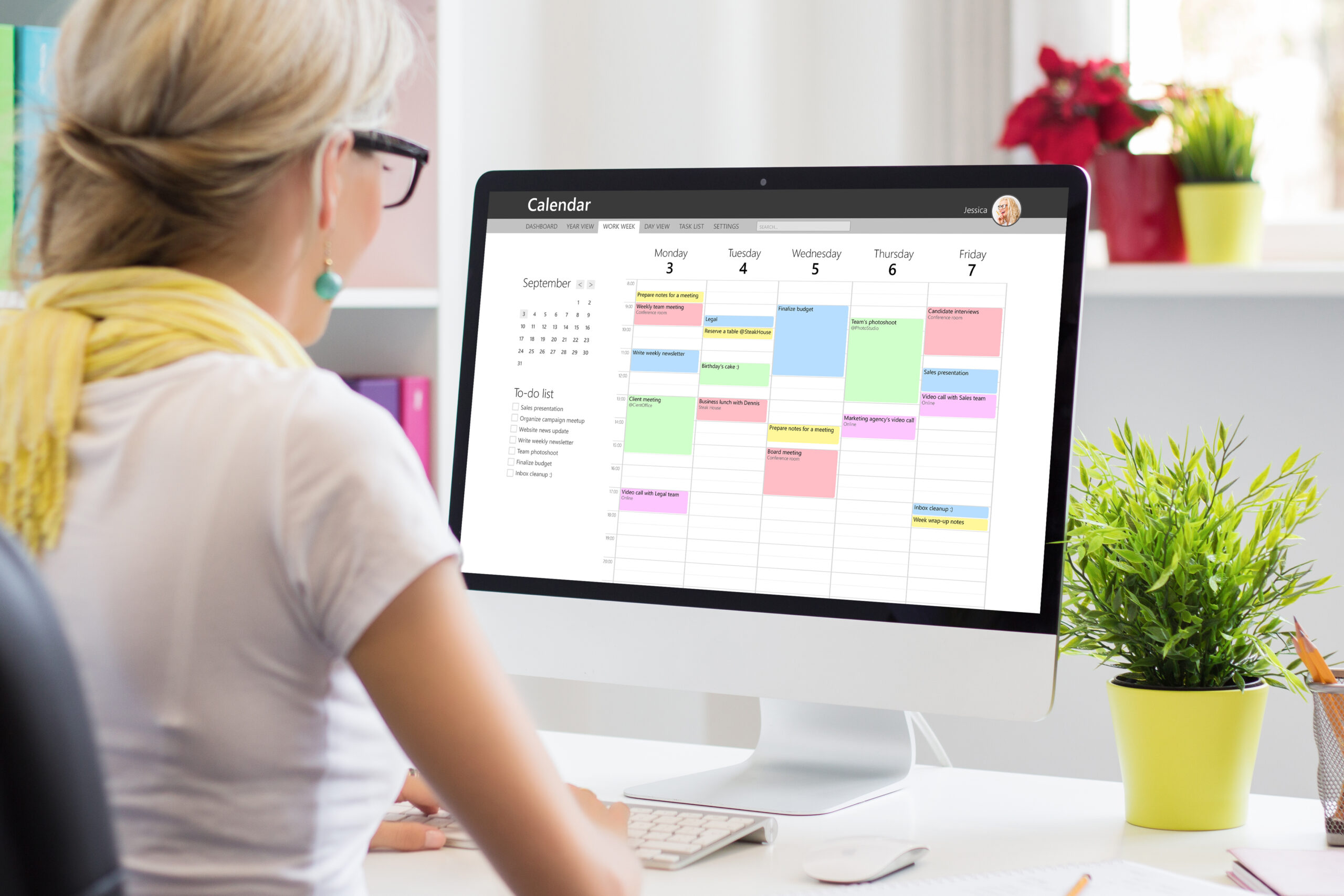Blog Post
Time Management Secrets of High-Performing Retail Store Leaders
September 4, 2025 in Performance Management, Retail Execution, Workforce ManagementWorkforce Management

Managing a retail store is a balancing act. Store leaders are expected to drive sales, coach their teams, ensure excellent customer experiences, and keep operations running smoothly. Yet many find themselves buried in low-impact tasks, scrambling to catch up rather than leading proactively.
The pressure isn’t just operational—it’s cultural. A Forbes article highlights that frontline managers are often the key to employee engagement and overall business success. When store leaders manage their time effectively, they’re not only driving sales but also shaping team culture and motivation.
Effective time management separates high-performing store leaders from the rest. It’s not about working longer hours; it’s about knowing where to invest your energy for maximum impact.
From identifying “golden hours” on the sales floor to running quick pre-shift huddles and micro check-ins, the right approach can boost team performance, elevate customer experiences, and improve store results—without burning out.
Real time management: Maximizing retail performance during golden hours
Not all hours on the sales floor are created equal. “Golden hours” are periods when customer traffic is highest or when key team members are available to influence performance. High-performing store leaders spend these critical hours actively coaching, observing, and engaging with their teams.
How to apply it:
-Identify peak traffic times in your store using historical sales data.
-Schedule high-impact activities— like floor coaching, product displays, and customer engagement — during these windows.
-Avoid administrative tasks during golden hours; delegate or batch them for quieter periods.
Pre-shift huddles to boost team productivity
Pre-shift huddles are short, focused meetings that align the team on goals, promotions, and priorities for the day. When executed well, these brief sessions can set the tone, clarify expectations, and energize employees.
How to apply it:
-Keep huddles under 10 minutes and focus on actionable points.
-Highlight top-selling items, promotional campaigns, and staffing assignments.
-Encourage team members to share quick insights or challenges from prior shifts to foster engagement.
Micro check-ins for real-time coaching and engagement
Rather than waiting for weekly or monthly reviews, high-performing leaders conduct micro check-ins throughout the day. These are short, informal conversations to correct, encourage, and guide associates in real time.
How to apply it:
-Stop by a team member while they’re assisting a customer and offer a quick tip or positive reinforcement.
-Use live KPIs or sales dashboards to identify where intervention can make an immediate difference.
-Praise small wins immediately to reinforce good behaviors.
Frequent touchpoints like these build engagement, trust, and accountability. According to Gallup, managers who have ongoing meaningful conversations with employees contribute to higher engagement and better performance.
Time management strategies for store leaders: Planning your week
Structuring your week strategically allows store leaders to focus on what truly drives results. By allocating time to high-impact activities like coaching, merchandising, and floor oversight—while minimizing low-value administrative tasks—leaders can improve team performance and store outcomes.
How to apply it:
1. Create a weekly schedule: Block time for critical activities such as floor observations, one-on-one coaching sessions, team huddles, merchandising checks, and operational audits. Treat these blocks as non-negotiable to ensure consistency.
2. Prioritize with a framework: Use tools like the Eisenhower Matrix to distinguish urgent tasks from important ones. Focus on tasks that directly impact sales, customer experience, and associate development. For example, addressing an inventory issue that affects customers takes precedence over routine paperwork.
3. Set daily goals aligned with weekly objectives: Break down your weekly priorities into daily action steps. Allocate “golden hours” to be present on the floor and ensure coaching moments happen when they matter most.
4. Review and adjust: At the end of each week, evaluate what worked and what didn’t. Adjust your schedule based on store performance metrics, team needs, and upcoming priorities. This creates a feedback loop that keeps your time management approach dynamic and results-driven.
5. Leverage technology wisely: Use scheduling tools or workforce management software to automate low-value tasks like shift planning or reporting. Freeing up this time allows leaders to focus on coaching, floor presence, and operational excellence.
By structuring your week intentionally, store leaders can maximize their impact, empower their teams, and ensure every hour contributes to better store performance.
Real time management pitfalls and how to avoid them
Even seasoned leaders fall into time management traps that reduce productivity and impact. Common pitfalls include:
–Over-scheduling administrative work during peak hours: Diverts attention from the team and customers.
–Waiting for post-mortem reviews to coach: Delays feedback and reduces behavioral reinforcement.
–Multitasking on low-priority tasks: Decreases focus and effectiveness.
Avoiding these pitfalls allows leaders to maintain presence on the floor and maximize influence.
How store leaders can apply time management techniques daily
Putting these strategies into practice doesn’t require radical change — small, consistent adjustments make a big difference:
1. Map your golden hours: Plan to be on the floor when it matters most.
2. Run focused pre-shift huddles: Align the team without losing time.
3. Do micro check-ins: Offer timely guidance and celebrate wins.
4. Batch low-impact tasks: Handle administrative work during slow periods.
5. Review weekly priorities: Ensure your time is spent on what drives results.
By applying these approaches consistently, store leaders can improve team engagement, customer satisfaction, and overall store performance without extending their workday.
Book a demo with us today.
Recent Blog Posts

The Holiday Retail Cliff: How Retailers Can Maximize Sales After Cyber Monday 2025
As holiday shopping evolves, the retail calendar is shifting The peak no longer comes just around Black Friday and Cyber Monday Instead, what follows those headline dates—the “quiet” stretch...
READ MORE
Inventory Risk vs. Revenue Risk: How Retailers Can Respond Smarter When Overbought
Why merchandising execution matters Retailers walk a tightrope between inventory risk and revenue risk Overbuying can feel like a safety net, ensuring shelves stay full and customers never...
READ MORE
Merchandising Leadership in Retail: Turning Strategy Into Store-Level Success
Why merchandising execution matters Merchandising leaders hold significant influence over sales, margins, and vendor relationships But even the most brilliant strategy can fail if execution...
READ MORESchedule a Consultation With Our Retail Experts Today
Contact us today for a 15-minute conversation on how StoreForce can help you drive store performance and execution for less than the cost of 1 transaction per week. Learn how retailers all over the world are driving performance and customer experience through our solution made exclusively for Specialty Retail.
